Unlikely Liking: Dogs and Vodka
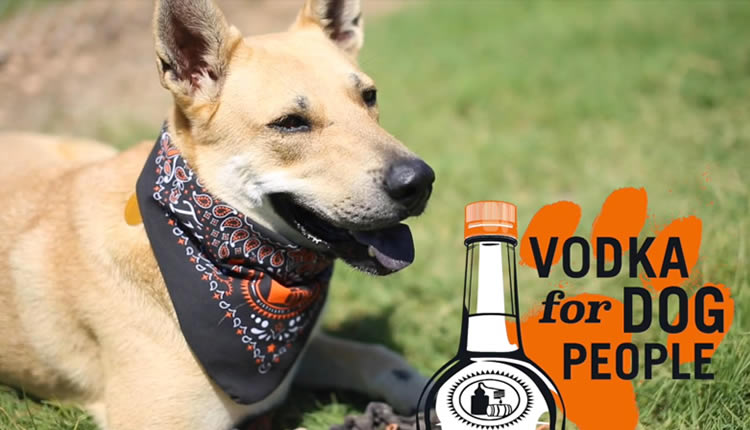
Here’s an strange pairing: vodka and dogs. But, those two things are exactly what Austin-based Tito’s Vodka connects with its Vodka for Dog People campaign. Not only is this an amusing strategy, it’s also a great lesson for any marketer who wants to exploit Robert Cialdini’s “Liking” principle.
Liking, as used by Cialdini, doesn’t necessarily imply friendship or affection. Rather, it is discovering or emphasizing common attributes with another person. If you and I both went to the same school or grew up in the same town, for example, liking will be invoked. If I draw attention to those similarities, many studies show, I’ll have a greater chance of influencing you to do something.
Clear Connection
Sometimes, the path to liking is fairly obvious. If you sell high performance tires, your marketing should show that the company’s people are car enthusiasts. Make fishing gear? Show the firm’s founder waist-deep in a stream. These steps will highlight the commonalities between the brand and potential customers.
In many of my speeches I’ve used pet supplies retailer PetSmart as an example of how a brand can invoke liking. Before their 2015 private equity buyout, PetSmart’s “about” page showed their management team not as stiff figures in suits but as happy pet owners. Almost every executive was smiling broadly had at least one big, fluffy dog or cat in the photo. Even today, front-line PetSmart store employees often have a photo of their own pet on their name tag.
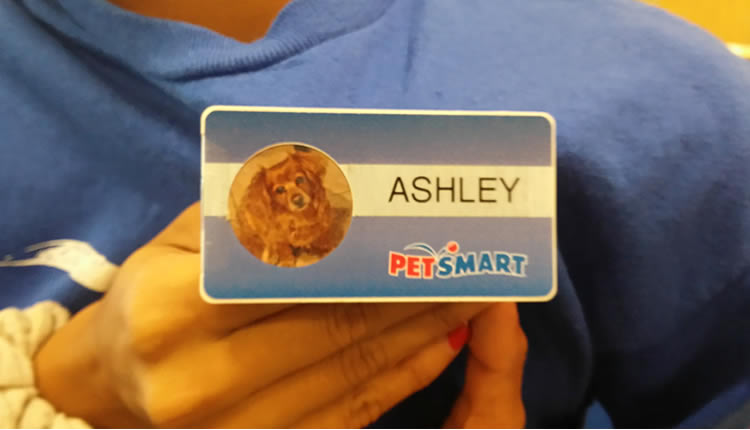
When pet owners see that the people they are dealing with are also animal lovers, they will be influenced by that shared attribute. (Unfortunately, today’s PetSmart management team photos are back to standard people-in-suits poses.)
Got Liking? Be more persuasive by showing things you have in common with your customer. #Neuromarketing Share on XLiking with Unlikely Products
A question I’m often asked is how to create liking when your products don’t generate any connection. If you are selling hunting gear or cat toys, establishing a connection with customers is easy. Cleaning products or shelving, for example, pose a more difficult challenge.
No doubt Tito’s felt this same kind of challenge. Presumably, the one attribute they shared with their customers was enjoying vodka. And, that’s certainly a better connection than industrial supplies. Indeed, suggesting that a brand shares its customers’ preference for quality and flavor is common enough in both spirits and other industries.
But, Tito’s chose to ignore those obvious appeals with its canine campaign. Instead, they focused on a huge demographic with high emotional engagement:
- 37% of American households (46 million) have a dog.
- 81% consider their dog to be an equal family member.
The number of vodka consumers in the US isn’t small – 42 million or so, or about 13% of the population. But, it’s a good bet that vastly more people care about their dog than are passionate about their brand of vodka.
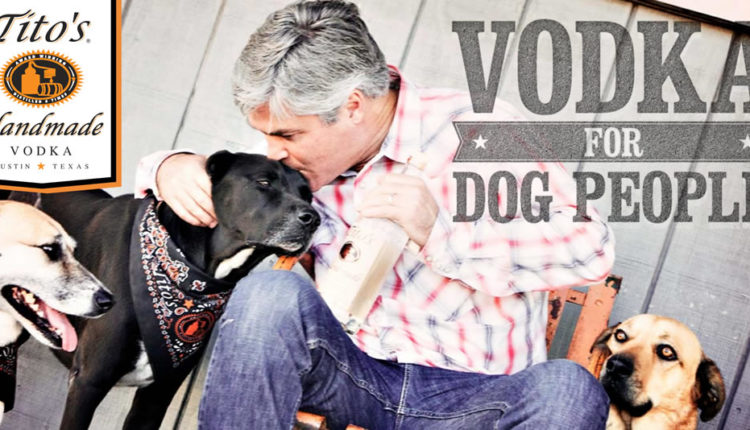
Dog People Power
So, by implying, “We’re dog lovers just like you,” Tito’s is creating Cialdini-style liking. In fact, the Tito’s slogan goes beyond liking, and aims for Cialdini’s recently added seventh principle: unity. Unity is liking on steroids. Unity goes beyond shared attributes – it’s based on shared identity. It can be familial, tribal, or some other characteristic that a person feels is part of “me.” Tito’s clever slogan says “dog people” rather than “dog lovers” or “dog owners.” (No self-respecting pet parent would use the term “owner” anyway, of course!)
Is Tito’s campaign invoking liking or unity? Most likely this varies by person – not everyone who has a dog or likes dogs considers themselves a “dog person.” Either way, though, the Tito’s campaign has the potential to connect at a deeper level than the typical spirits ad.
#vodkafordogpeople
One more brilliant aspect to Tito’s campaign is that it leverages the way people use social media. How many people tweet pictures of vodka? Actually, more than I expected – Instagram counts 7 million uses of the #vodka hashtag. But compare that to the 163 million pictures tagged with #dog. So, Tito’s is tapping into a vastly more popular sharing topic: people’s dogs.
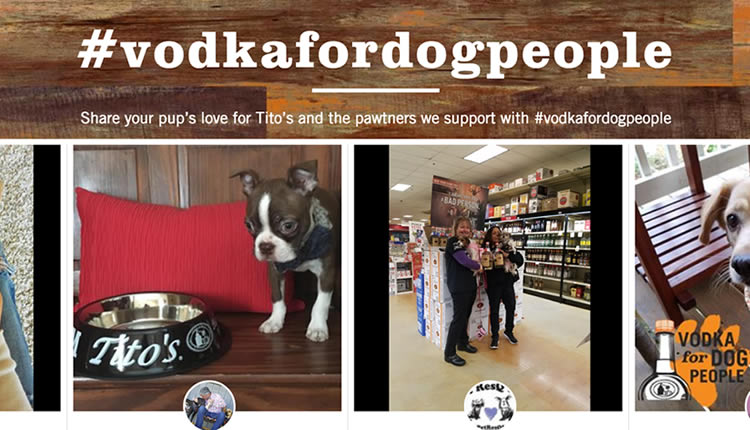
To encourage sharing, Tito’s added branded swag items to its campaign. Your dog is cute, but is even cuter drinking from a Tito’s water bowl or wearing a Tito’s bandanna. Who wouldn’t post their adorable pup holding a squeaky “Vodka for Dog People” toy?
#Vodka for Dog People campaign by @TitosVodka leverages cute pet pics on #SocialMedia. Share on XLearn from Tito’s and Yeti
Even though Tito’s may have a more visible and chic brand than you, there’s a lot to learn from this campaign. They picked a topic totally unrelated to their product and built a campaign around it. The topic they chose has a bigger demographic and much more emotional engagement than their own product, and is far more socially shareable.
Another Austin-based company chose an approach that was a little closer to their product but still far from obvious. Yeti Coolers makes high quality insulated coolers and drinkware. While they emphasize the technology that goes into the product, they focus much of their marketing not on their products but on an outdoor lifestyle.
When I visited their homepage, there wasn’t a cooler in sight. Instead, my screen was filled with an invitation to watch a video:
“Follow Cole Kramer on one of the hardest mountain hunts in the world, a journey that would become more about life than death.”
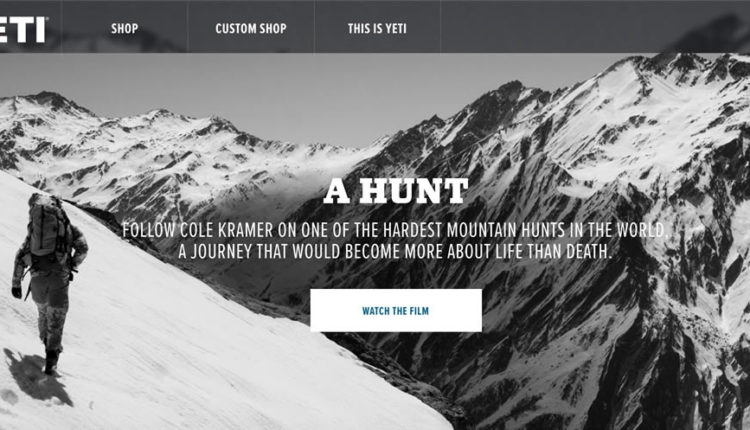
You may be filling up your coffee at 7-11 on the way to the office, but if you think of yourself as an outdoor person wouldn’t you want your travel mug to be a Yeti?
All of Yeti’s product photos feature rugged outdoor settings – fishing, climbing, hiking, snowmobiling, etc. This well-crafted image says, “We are serious outdoor people just like you.” For some customers, the appeal may be aspirational. Many others will see themselves in the images. Like the Tito’s campaign, Yeti’s ads might even invoke unity for those customers who really do view themselves as serious outdoor people.
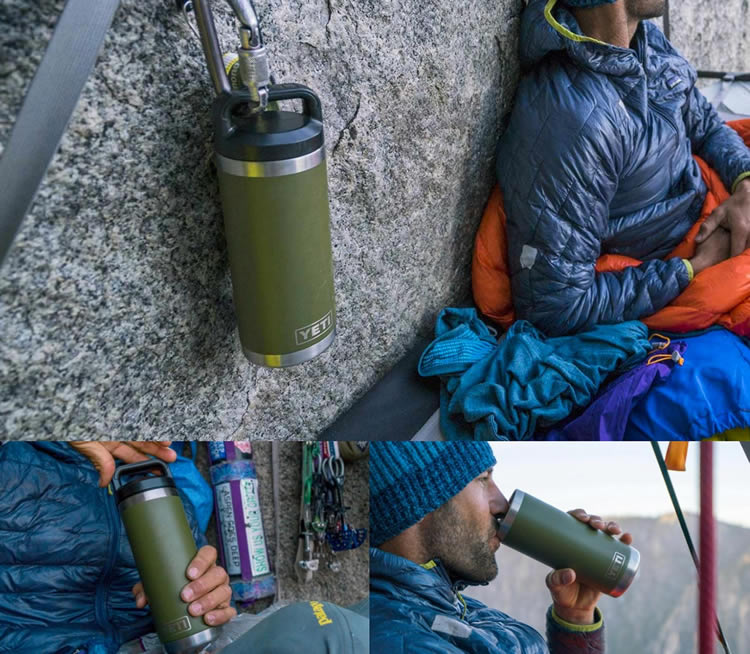
The lesson for us all here is that looking beyond our product and how our customers use it can pay dividends. Finding a non-obvious link to something else can increase emotional engagement and strengthen brand identity.
Have you seen a brand that has connected to an unrelated concept and succeeded? Have you done it yourself? Share your ideas in the comments!
